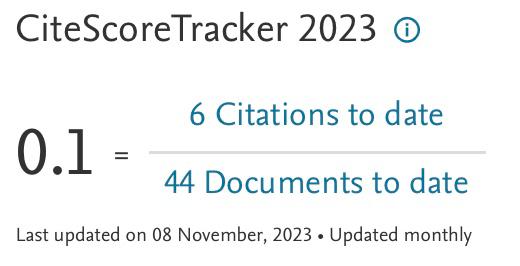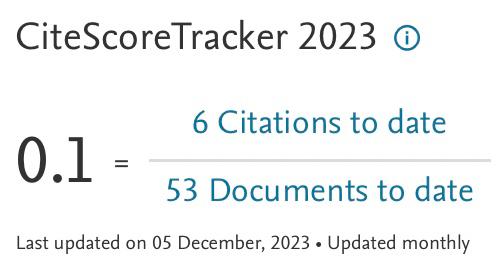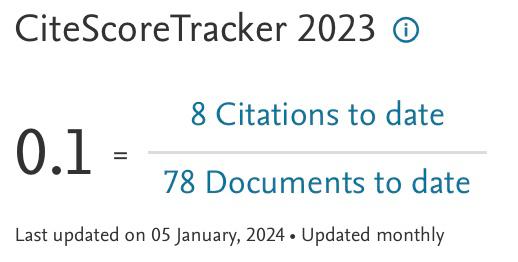Endosulfan as Potentiometric Sensor in a Kinetic Model of Molecularly Imprinted Polymer (MIP)
DOI:
https://doi.org/10.37934/aram.124.1.172181Keywords:
Endosulfan, Kinetic Model, Molecularly Imprinted Polymer, SensorAbstract
Indonesia is an agrarian country with abundant agricultural and plantation land, where farmers often face severe challenge of pests damaging crop yields. To address this challenge, chemical agents such as pesticides and herbicides are used for plant management and care. However, the inappropriate use of these chemical agents poses significant risks to the environment when the prevalence surpasses environmental and human tolerance limits. Pesticides and herbicides containing endosulfan components require proper management to prevent adverse effects on humans and the environment. Therefore, this research aimed to develop Molecularly Imprinted Polymer (MIP) endosulfan pollutant sensors to assess the kinetics of MIP adsorption to endosulfan analyte. Among the various models used for assessment, the Freundlich Isotherm showed optimal results, with an AT value of 1.79 × 107 L/mg, B (Constant related to heat of sorption) of 6 x 10-8 J/mol, and b (Freundlich Isotherm constant) of 4.13×1010. Furthermore, the obtained distribution coefficient (R2) at 0.9768 was more effective compared to other models.






















